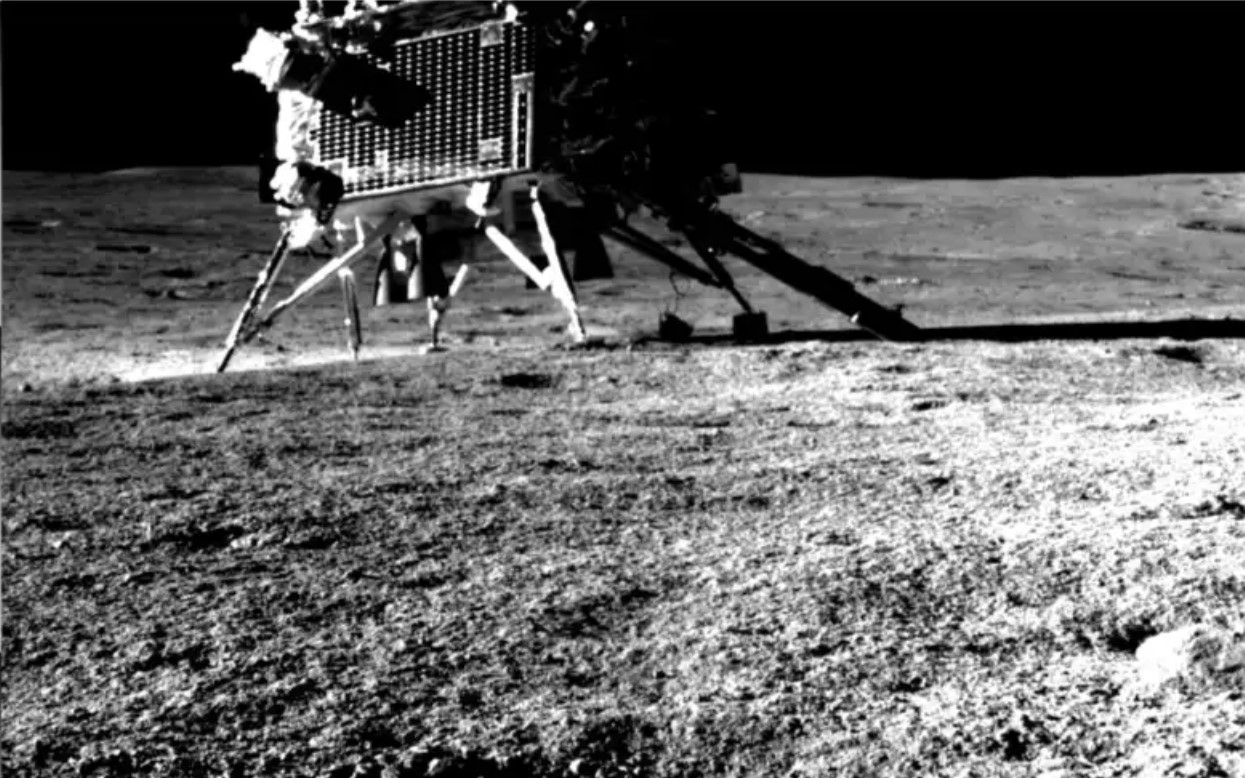In August 2023, India made history with the Chandrayaan-3 mission when it became the first ever spacecraft to successfully land on the south side of the Moon. This mission not only paves the way for further space exploration but also acts as a potential steppingstone towards Mars and beyond. With the crucial contributions made by SSC as a commercial ground station partner, this mission marks a significant milestone in human history.
The Moon has always captivated human curiosity, but up until now, the south pole had been a rather unexplored area of the Moon. The desire to explore this area inspired the Chandrayaan-3 mission to successfully land on the southern region of the lunar surface on 23 August 2023. With the mission’s Vikram lander and Pragyan rover currently exploring the landscape, only time can tell what discoveries await.
“This could equip us with a springboard to Mars and the Universe”
Hoping to find essential elements
“This is an exciting mission that can benefit life on Earth in many ways. Simply the idea of finding resources on the lunar surface that could be vital for creating a permanent base on the Moon. How exciting is that?! This could simplify further space exploration and equip us with a springboard to Mars and the rest of the Universe,” says Mikael Eriksson, Business Development Director at SSC.
The main purpose for Chandrayaan-3 was to successfully land on the south side of the Moon, something that no one had managed to do before. The ambition was to characterize the landing region with the scientific objective of conducting in-situ studies of the lunar surface and the near-surface plasma environment. This dream was originally initiated with the predecessor Chandrayaan-2 which was launched in 2019. All the Chandrayaan missions have been supported by SSC, forming a significant part of SSC’s proud lunar heritage which dates back to the early Apollo missions.
Lunar terrain poses a great challenge
The first lunar mission, Chandrayaan-1, was launched in 2008 from Satish Dhawan Space Centre (SDSC) in Sriharikota, India. The spacecraft aimed to observe the lunar surface from its orbit around the Moon, and never landed on its surface. SSC provided a successful LEOP for the mission.
A few years later, in 2019, a second spacecraft was launched: Chandrayaan-2. SSC supported this mission as well with critical phase Telemetry Tracking & Command (TT&C) and data reception using the SSC Connect South Point Satellite Station in Hawaii. The mission was set to land on the south side of the Moon, but due to the difficult conditions the lander could not perform a soft landing.
When India successfully became the first ever to land a spacecraft on the south side of the Moon in August 2023, it was a historic achievement for the country and all of humankind. Another exciting phase now awaited; to analyze the data found on the previously rather unexplored south side. Could it be the beginning of creating a permanent base on the Moon for deeper space missions to Mars and beyond?
Alpha particles and X-rays in use
Using the Alpha Particle X-ray Spectrometer (APXS), ISRO’s lunar rover analyzed the elemental composition of the lunar surface samples by emitting alpha particles and X-rays onto the samples. The APXS observations have revealed the presence of elements such as Aluminum, Silicon, Calcium, Iron, and Sulfur, which was also confirmed by the LIBS instrument onboard the rover. Further analysis is ongoing to understand the presence of other elements.
“This is a great achievement not only for ISRO and all partners taking part in the mission, such as SSC, but for the entire space community and humanity as a whole. Landing on an area of the Moon where no one has ever landed before is a great achievement, and something we are very proud of supporting,” says Mikael Eriksson.
“It is fair to say that we are in the midst of a new lunar era that will shape the future of humanity”
SSC providing lunar communications
As a commercial ground station partner, SSC supported the third Chandrayaan mission with critical TT&C support that lasted for the first three weeks after launch. This ensured that the spacecraft was safely and correctly positioned into orbit around the Earth.
“SSC Connect has provided commercial lunar communications support for 15 years, and we have a strong experience in this field. The LEOP is always a delicate phase, but with our support from our stations in Santiago and Hawaii, we could ensure a successful ground station support for that extraordinary lunar mission,” says Nick Priborsky, President SSC Connect.
The relationship between SSC and ISRO dates back more than 20 years and the partnership has grown stronger over time. But no previous mission has sparked such world-wide attention as Chandrayaan-3.
“This mission has created huge interest from the public, not least here in Sweden. It is fair to say that we are in the midst of a new lunar era that will shape the future of humanity. And SSC is a vital part of this journey,” says Mikael Eriksson.
Read more about the Chandrayaan missions at https://www.isro.gov.in/Chandrayaan3.html
Photos: ISRO




